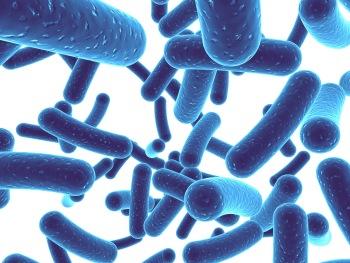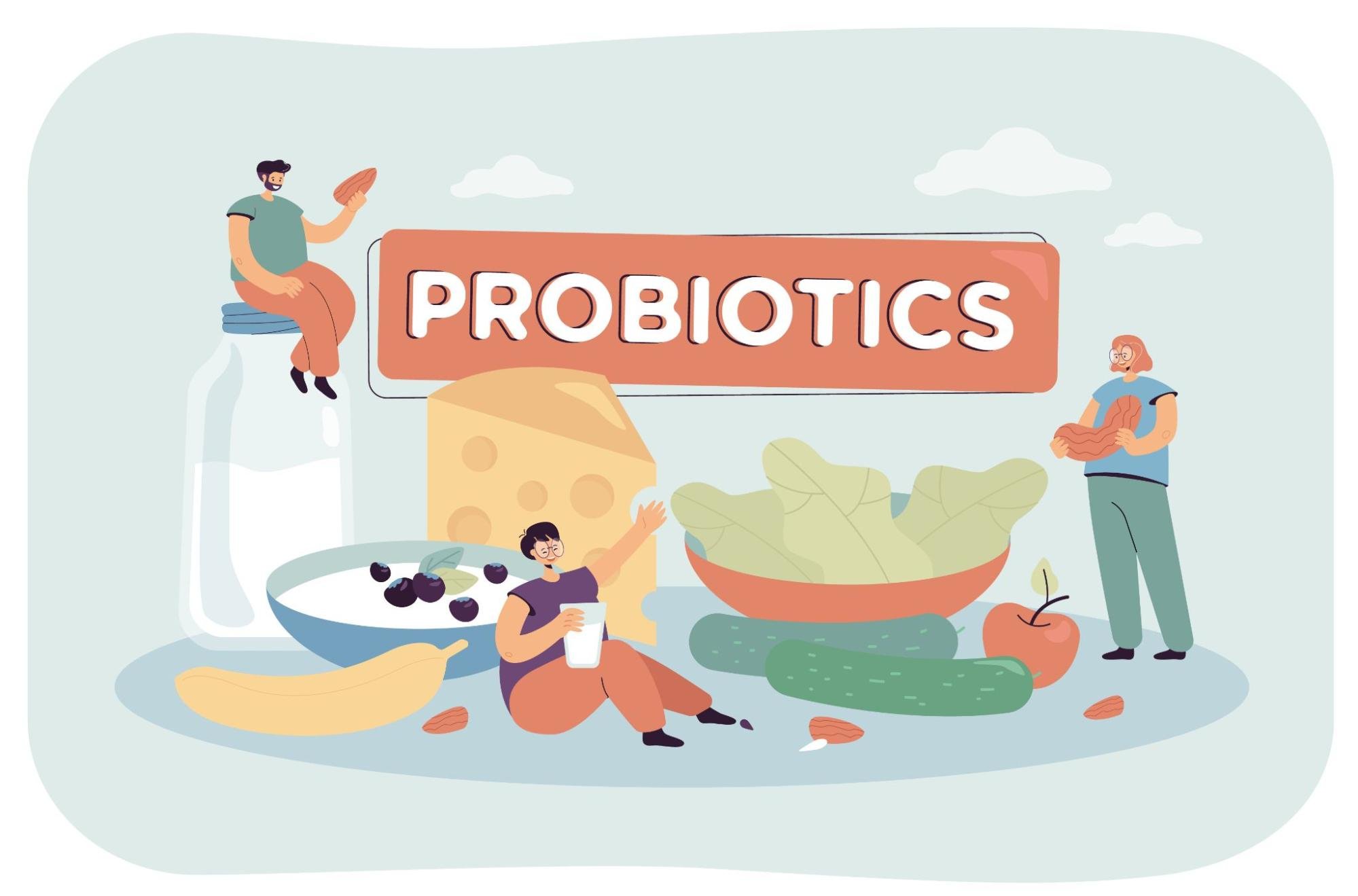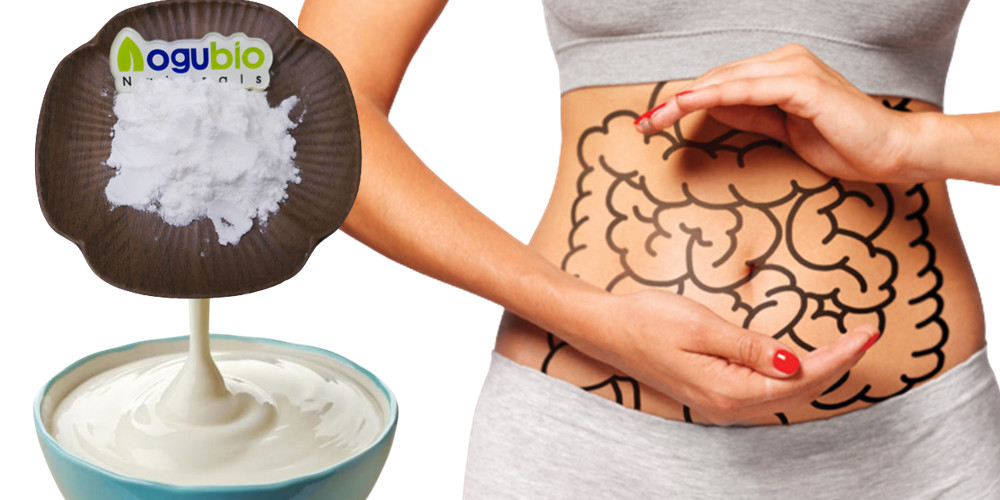
Lactobacillus plantarum is a strain of probiotic bacteria naturally found in the mouth and gut. It helps break down food, absorb nutrients, and control "bad" microorganisms in the digestive tract that might otherwise cause disease. It is also found in fermented food like yogurt, kimchi, sauerkraut, and kefir as well as over-the-counter probiotic supplements.
Probiotics are live bacteria and yeasts that are good for you. Consuming probiotics like Lactobacillus plantarum can help you maintain or restore a healthy balance of these "good" microorganisms in the gut, potentially improving diarrhea, constipation, and other digestive problems.
Potential Benefits
- Diarrhea
Lactobacillus probiotics have shown a great deal of promise for improving the diarrhea associated with various disorders, including traveler’s diarrhea and antibiotic-associated diarrhea .
In a clinical trial of 438 children with antibiotic-associated diarrhea, L. plantarum probiotics reduced the incidence of loose or watery stools and abdominal pain, without producing adverse side effects .
- Skin Health
In clinical trials, L. plantarum significantly increased the skin water content in the face and hands. Volunteers in the probiotic group had a significant reduction in wrinkle depth at week 12, and skin gloss was also significantly improved by week 12. Skin elasticity in the probiotic group improved by 13.17% after 4 weeks and by 21.73% after 12 weeks .

- Ulcerative Colitis
Lactobacillus probiotics have shown promise in reducing the symptoms of ulcerative colitis in multiple clinical trials. A synbiotic blend containing L. plantarum in particular significantly improved UC symptoms in 73 patients after 8 weeks .
- Cholesterol
Lactobacillus probiotics have reduced cholesterol in a number of clinical trials. In a study of 60 volunteers with high cholesterol, a probiotic containing L. plantarum reduced total cholesterol by 13.6% after 12 weeks .
In rats with diabetes, L. plantarum reduces blood triglyceride and “bad” LDL-cholesterol rates, while increasing the level of “good” HDL-cholesterol .
Total serum cholesterol and triglycerides were significantly reduced in mice with elevated cholesterol, after ingestion of L. plantarum .
Double-coated L. plantarum lowers cholesterol levels in mice on a high-fat diet .
- Obesity
A hypocaloric diet supplemented with a probiotic-enriched cheese containing L. plantarum reduced the BMI and blood pressure in Russian adults with obesity and hypertension .
L. plantarum also protected mice from diet-induced obesity. This bacterium lowers body weight, fat mass, fasting blood glucose, serum insulin, and leptin levels and pro-inflammatory markers in obese mice.
L. plantarum fermented barley reversed glucose intolerance, ameliorated elevated insulin, decreased levels of triglycerides and total cholesterol in rats on a high-fat diet .
L. plantarum improved the hepatic and urinary functions of obese rats by inducing decreases in alanine aminotransferase (ALT), gamma-glutamyl transferase (GGT), plasmatic triglycerides, total cholesterol concentrations, creatinine, urea, and body weight .

- Blood Sugar
L. plantarum reduced glucose levels in postmenopausal women .
Soy milk containing L. plantarum had antioxidant properties and decreased DNA damage among patients with type 2 diabetes .
plantarum decreased food intake, blood glucose level, glycosylated hemoglobin level and leptin levels in mice. This bacterium also favorably regulated insulin level and increased “good” (HDL) cholesterol .
L. plantarum caused a significant reduction of blood glucose levels in response to insulin in mice on a high-fat diet .
Treatment with L. plantarum favorably regulates blood glucose, hormones, and lipid metabolism in the diabetic rats .
L. plantarum significantly improved immunological parameters and protected the pancreatic tissues in rats with diabetes. Furthermore, this probiotic treatment markedly reduced pancreatic and plasmatic lipase activities and serum triglyceride and LDL-cholesterol rates and increased the level of HDL-Cholesterol. It also exerted efficient protective effects on the liver and kidney functions .
- Wound Healing
In a small clinical study of 34 people with leg ulcers, topical application of L. plantarum reduced infected chronic venous ulcer wound bacterial load, neutrophils, apoptotic and necrotic cells, and induced wound healing in both diabetic and non-diabetic patients .
- Dental Health
Heat-killed L. plantarum decreased the depth of periodontal pockets in patients undergoing supportive periodontal therapy .
- Immunity
In a clinical study of 171 adults, L. plantarum improved immune activity and decreased stress markers .
Even heat-killed L. plantarum activated innate and acquired immunity in humans.plantarum enhanced immunity in the small intestine of immunosuppressed mice .
- Allergies
In a clinical study of 42 adults, citrus juice fermented by L. plantarum improved the symptoms of Japanese cedar pollinosis .
In a cell study, L. plantarum reduced the allergenicity of soy flour .
Oral administration of L. plantarum alleviated airway hyperresponsiveness and allergic responses in mice.

Dosing
L. plantarum is sometimes added to fermented foods such as yogurts, but it's most commonly taken in dietary supplements.
In adults, L. plantarum has most often been taken by mouth, alone or together with other probiotics, in doses of 500 million to 20 billion colony-forming units (CFUs) daily, for up to 3 months. Speak with a healthcare provider to find out what dose might be best for a specific condition.
If you are interested, please feel free to contact XI'AN AOGU BIOTECH !
Post time: Jun-15-2023





